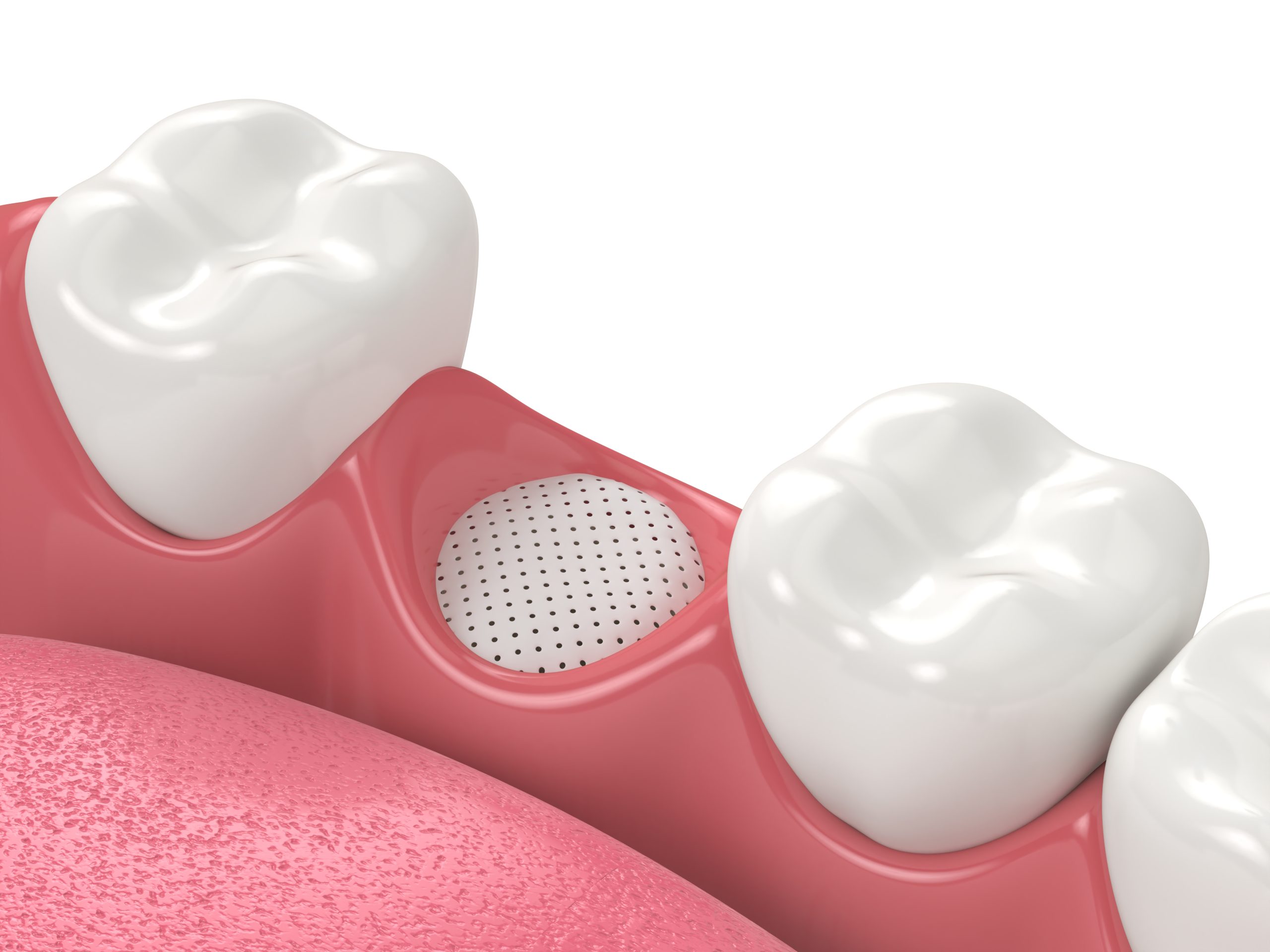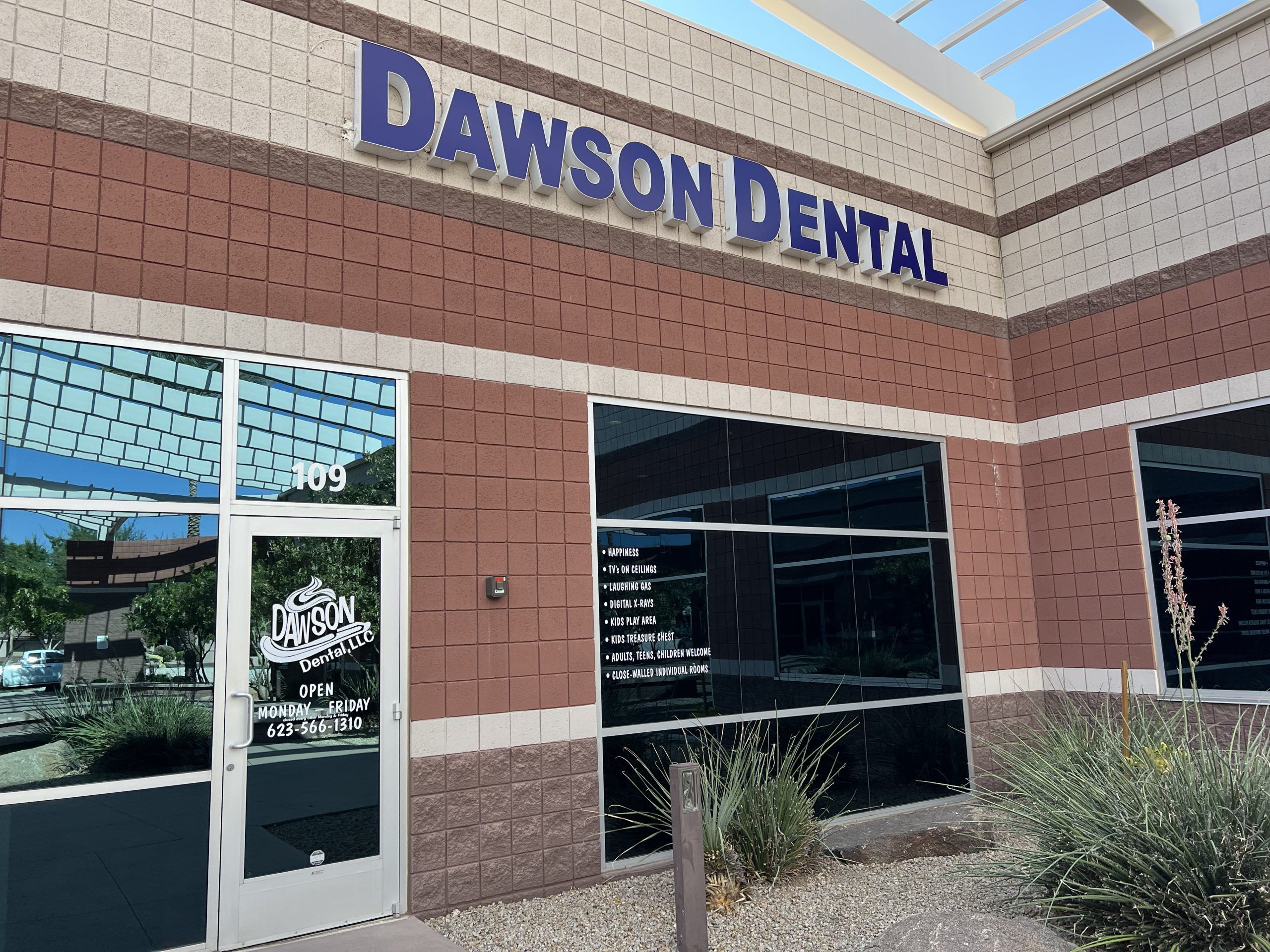Bone Grafting Procedure Overview
Bone grafting is a specialized procedure aimed at enhancing the quantity and quality of bone in the jaw where additional support is needed, often as a precursor to dental implants or other oral surgeries. At Dawson Dental, the focus is on providing state-of-the-art bone grafting techniques that ensure optimal outcomes for patients. Whether it’s due to periodontal disease, trauma, or congenital defects, Bone Grafting in Peoria at Dawson Dental addresses a variety of needs with precision and care, utilizing the latest in medical technology and materials.
The process typically involves replacing or augmenting bone in areas of deficiency, which can not only improve the function and aesthetics of the jaw but also significantly enhance a patient’s quality of life. At Dawson Dental, Dr. Brandon Dawson tailors each bone grafting procedure to fit the individual needs of each patient, ensuring that every aspect of the treatment is conducted with the utmost attention to detail. This personalized approach helps in achieving the best possible results, making Dawson Dental a trusted choice for bone grafting in the region.
Types of Bone Grafts
At Dawson Dental, understanding the various types of bone grafts is crucial for ensuring optimal outcomes in dental restoration procedures. Bone grafting is a specialized procedure aimed at enhancing the jawbone’s volume and density, which is essential for the stability of dental implants. The most common types of bone grafts used in dentistry include autografts, where bone is harvested from the patient’s own body; allografts, which involve using bone from a human donor; and xenografts that utilize bone from animal sources. Each type has specific indications based on the patient’s condition and the complexity of the dental issue being addressed.
Dr. Brandon Dawson at Dawson Dental specializes in utilizing cutting-edge techniques to perform these grafts, ensuring high compatibility and success rates. Synthetic options, such as alloplasts, are also available and are made from biocompatible synthetic materials. These grafts are used to stimulate natural bone growth, preparing the site for future dental implant placement or other necessary reconstructive procedures. By choosing the appropriate type of bone graft, Dawson Dental can tailor treatment plans to meet individual patient needs, enhancing both functional and aesthetic outcomes in oral health.
Benefits of Bone Grafting
Bone grafting is a pivotal procedure offered at Dawson Dental, which can significantly enhance the outcomes of various dental treatments. This procedure is essential for patients who lack sufficient bone density in their jaws, a common issue that can prevent the successful placement of dental implants. By transplanting bone to the deficient area, bone grafting helps create a solid base for implant placement, thereby increasing the likelihood of implant success. Additionally, bone grafting can also help improve facial structure and prevent the appearance of premature aging due to bone loss.
At Dawson Dental, Dr. Brandon Dawson utilizes advanced techniques in bone grafting to ensure optimal results for patients. This procedure not only aids in restoring functionality but also enhances aesthetic appearance by providing the necessary support for natural facial contours. Patients who undergo bone grafting at Dawson Dental benefit from a restored ability to chew and speak comfortably, along with an improved overall quality of life. The expertise at Dawson Dental ensures that each grafting procedure is tailored to meet the individual needs and goals of their patients, making it a crucial step towards achieving a healthy, functional, and attractive smile.
Bone Grafting Recovery Process
The recovery process following a bone grafting procedure is crucial for the success of the treatment. At Dawson Dental, patients are provided with comprehensive post-operative care instructions to ensure a smooth and effective healing period. The initial recovery typically involves managing swelling and discomfort, which can be controlled with medications prescribed by Dr. Brandon Dawson. It is important for patients to follow a soft diet and avoid disturbing the graft site with excessive mouth movement to facilitate optimal healing.
For more detailed guidance and personalized care strategies, patients are encouraged to consult directly with Peoria Dentist. With a focus on patient comfort and successful outcomes, the approach to post-operative care is designed to support the integration of the graft material with the existing bone, setting a solid foundation for future dental implants or restorative procedures. Regular follow-up appointments are scheduled to monitor the healing process and ensure that the recovery is progressing as expected.
Ideal Candidates for Grafting
Bone grafting is a specialized procedure aimed at enhancing the jawbone’s density and volume, primarily to prepare for further dental treatments such as implants. Ideal candidates for this procedure typically include individuals who have experienced bone loss due to periodontal disease, injury, or tooth extraction. This loss can lead to difficulties in dental restoration procedures, making grafting essential for providing a solid foundation for implants and ensuring the longevity of dental prosthetics.
Furthermore, patients who are considering dental implants but have been told they lack sufficient bone structure may find bone grafting to be a viable solution. The process involves using natural or synthetic bone material to promote bone growth and stability in the jaw. By consulting with a qualified dentist, potential candidates can receive a thorough assessment to determine if grafting is necessary and how it could benefit their overall oral health and restoration goals.
Book Your Peoria Bone Grafting Appointment Today!
If you’re considering bone grafting to enhance your dental health, Dawson Dental is here to help. Contact us at (623) 566-1310 to schedule your consultation and take the first step towards a healthier smile.
For more details, visit our Contact Us page or read what our satisfied patients have to say on Google Maps.








